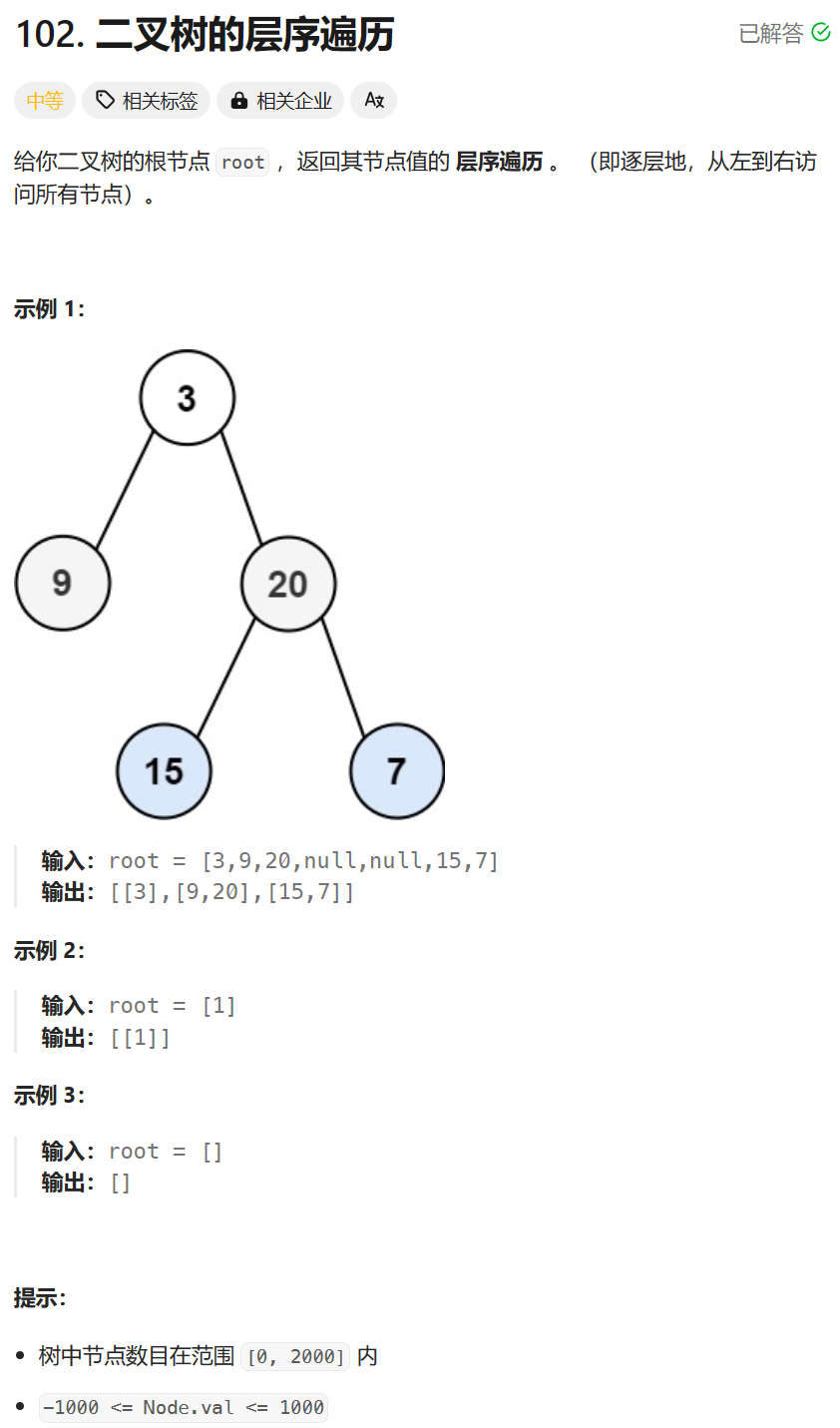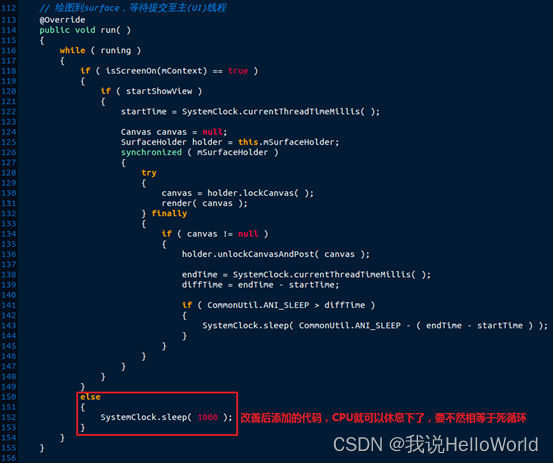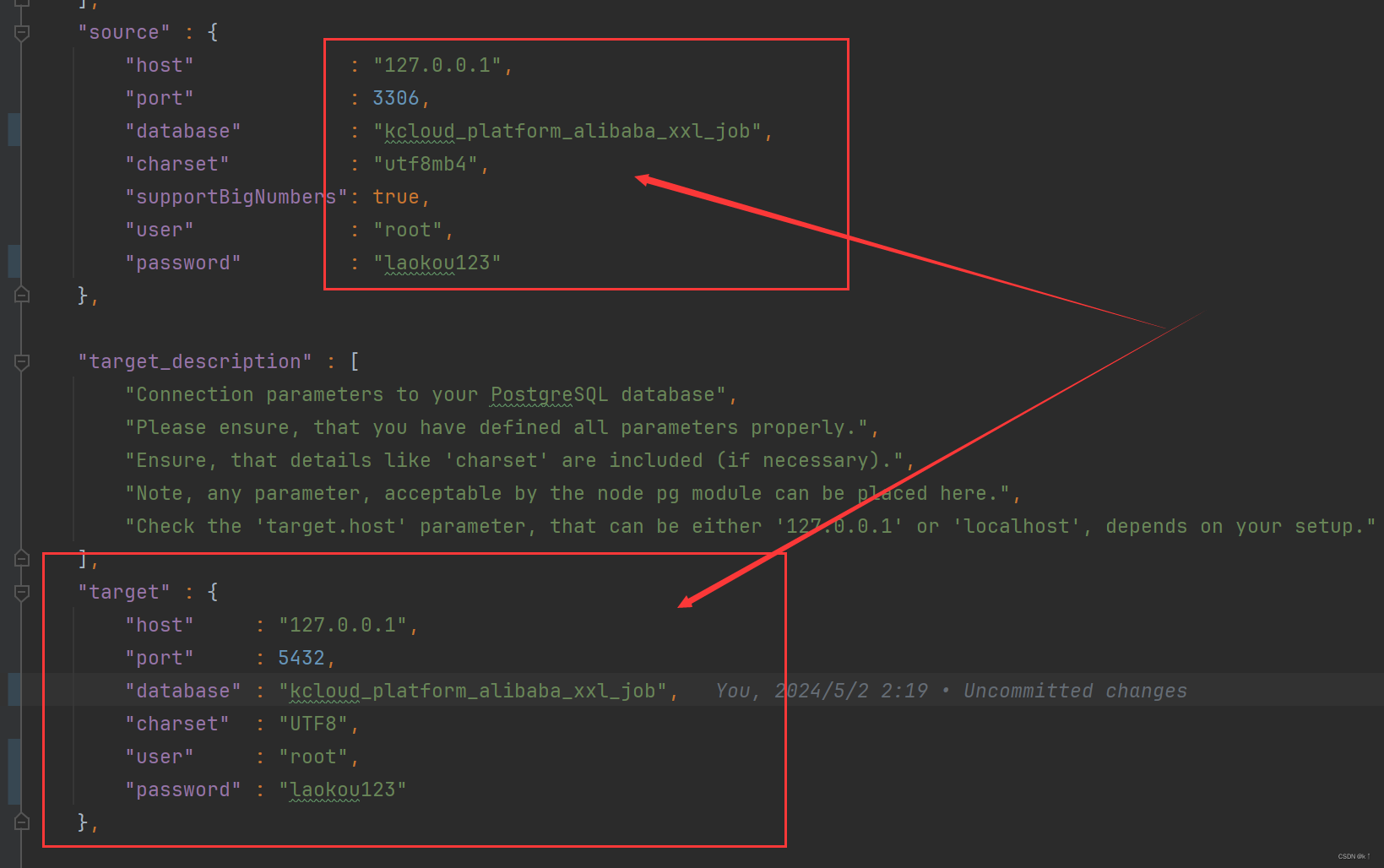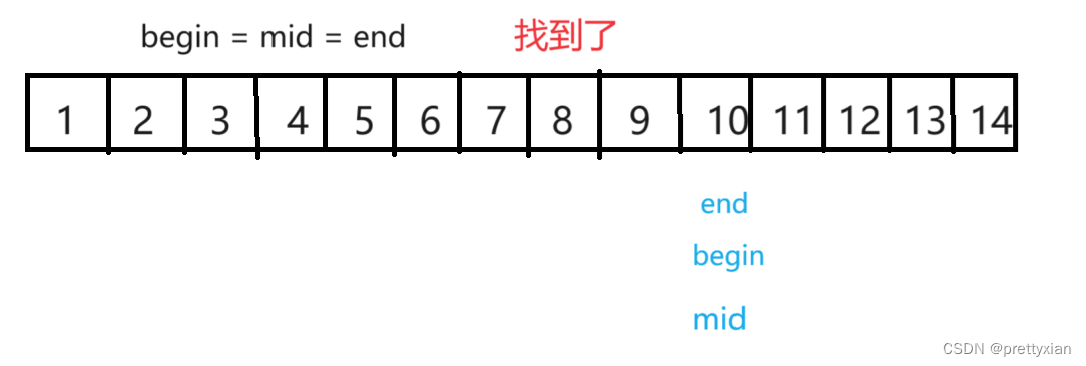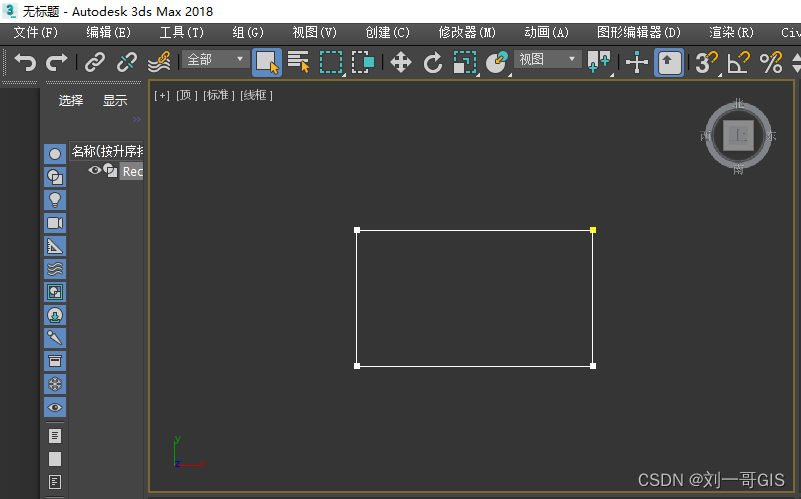在计算机科学中,通常使用二进制表示来表示子集的包含情况。如果集合中有n个元素,那么幂集的大小为2^n。考虑一个集合{a, b, c},其幂集为{{}, {a}, {b}, {c}, {a, b}, {a, c}, {b, c}, {a, b, c}}。每个子集都可以用二进制数来表示,其中每一位代表集合中对应位置的元素是否包含在子集中。

1、问题背景
给定一个集合,我们希望对该集合的幂集(即所有子集的集合)进行索引,以便能够访问任何一个子集。然而,传统的幂集生成方法通常需要将整个幂集展开到内存中,这对于特别是对于大型集合来说可能是非常低效的。我们希望找到一种方法,能够在不展开整个幂集的情况下对幂集进行索引。此外,我们希望索引是基数有序的,即子集的大小从小到大排列。
2、解决方案
解决方案的关键是使用组合数来对幂集进行索引。组合数是指从一个集合中选择k个元素的方案数。例如,从集合{1, 2, 3}中选择2个元素,有3种方案:{1, 2}、{1, 3}和{2, 3}。我们可以利用组合数来确定子集的大小,并根据子集的大小来确定子集在幂集中的位置。
具体来说,我们首先计算集合中元素的总数n,然后根据n计算幂集的大小2^n。对于索引k,我们可以使用以下公式来确定子集的大小:
k = ∑C(n, k)
其中C(n, k)表示从n个元素中选择k个元素的组合数。一旦我们知道了子集的大小,我们就可以使用组合数来确定子集在幂集中的位置。例如,如果子集的大小为k,那么子集在幂集中排在第k个位置。
下面是Python代码实现:
from scipy.misc import combdef kcombination_to_index(combination):index = 0combination = sorted(combination)for k, ck in enumerate(combination):index += comb(ck, k+1, exact=True)return indexdef index_to_kcombination(index, k):result = []for k in reversed(range(1, k+1)):n = 0while comb(n, k, exact=True) <= index:n +=1result.append(n-1)index -= comb(n-1, k, exact=True)return resultclass PowerSet:def __init__(self, elements):self.elements = elementsdef __len__(self):return 2 ** len(self.elements)def __iter__(self):for i in range(len(self)):yield self[i]def __getitem__(self, k):if not isinstance(k, int):raise TypeError#k=0 is empty set,#k= 1 - 1+n returns subsets of size 1for subset_size in range(len(self.elements) + 1):number_subsets = comb(len(self.elements), subset_size, exact=True)if k >= number_subsets:k -= number_subsetselse:break#we now want the kth element of a possible permutation of subset_size elementsindeces = index_to_kcombination(k, subset_size)return map(lambda i: self.elements[i], indeces)if __name__ == "__main__":print "index of combination [8, 6, 3, 1, 0] is", kcombination_to_index([8, 6, 3, 1, 0])print "5 combination at position 72 is", index_to_kcombination(72,5)ps = PowerSet(["a", "b", "c", "d"])for subset_idx in range(len(ps)):print ps[subset_idx]
在这个代码中,kcombination_to_index函数将一个子集转换为它的索引,而index_to_kcombination函数将一个索引转换为一个子集。PowerSet类是一个实现幂集的类,它允许我们以索引的方式访问子集。
上述的解决方案的优点是可以有效地对幂集进行索引,而无需将整个幂集展开到内存中。这使得该解决方案非常适合处理大型集合。如果有不懂的地方,可以把代码发出来一起交流。
